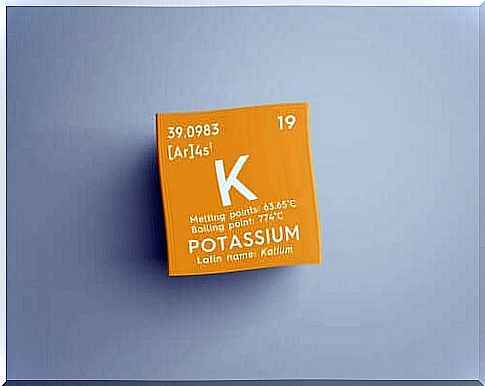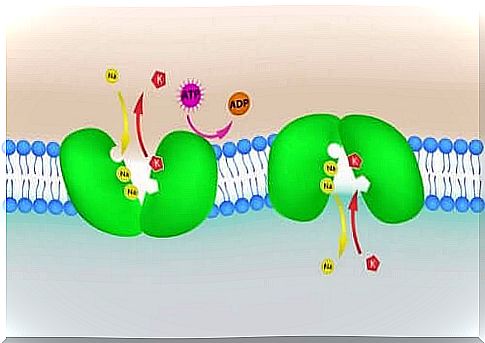What Is Hyperkalaemia And How Can It Be Treated?

Hyperkalaemia occurs when the level of potassium in the blood changes. As a rule, these levels increase. However, we can also call it hyperkalaemia if the levels are lower than normal.
Hyperkalaemia occurs when levels are above 5.5 mmol / L.
What is potassium? Why do we need it?

First, potassium is a chemical element represented by the letter “K” in the periodic table. It is a macro-mineral with important functions both at the muscular level and for the nervous system.
It is a macro-mineral and an electrolyte just like calcium and chlorine. These electrolytes help balance the pressure and concentration of substances inside and outside the cells.
Therefore , the main functions of potassium are:
- The development of the skeleton.
- Balancing the osmosis levels.
- Intervention in the synthesis of protein.
- It is essential for nerve transmission.
- Helps with muscle contraction.
What causes hyperkalaemia?
In general, it occurs when the kidneys remove less potassium than they should. Abnormal movement of potassium outside the cells can also be a common cause.
There are many reasons that contribute to why hyperkalaemia occurs. Among them are:
- Increased potassium intake.
- Taking certain medications that have a side effect in the kidneys’ removal of potassium.
- Acute renal failure.
- Chronic kidney disease.
Another cause is the presence of metabolic acidosis. Patients suffering from diabetic ketoacidosis have this symptom.
On the other hand, pseudohyperkalaemia is the artificial increase in potassium that can also trigger hyperkalaemia. The first is caused by a greater consumption of an elastic band (tourniquet) or to clench his fist for too long when taking blood.
In addition, thrombocytosis can also cause pseudohyperkalaemia because potassium platelets are released during coagulation.
Symptoms
Most cases of hyperkalaemia go unnoticed, which means that there are usually no symptoms when the levels of potassium change. It can only be detected through tests.
However, if the symptoms develop, it depends on the degree of hyperkalaemia and how fast it develops. Usually the initial symptoms are:
- Weakness in muscles.
- Tremors in arms and legs.
- A buzzing sensation.
- Needles and tingling in fingers and toes.
In addition, these symptoms are usually accompanied by insomnia, nausea, vomiting and reduced heart activity.
In the most severe cases, the patient may suffer from cardiac arrhythmia. This is because the heart needs potassium to be able to contract and for its functions to develop properly. Arrhythmia is a disorder of the heart rhythm that affects the frequency, intensity, and regularity of nerve impulses.
How is it diagnosed?

This disorder can be identified by measuring the serum concentration of electrolytes indicated as a control. This test is performed when the patient undergoes an electrocardiogram and the same results show variations.
Patients with renal failure, advanced heart failure, urinary tract obstruction, or patients treated with ACE inhibitors usually have abnormal electrocardiogram results. Therefore, in order for it to be correctly diagnosed, the following tests must be performed:
- Measurement of potassium.
- ECG.
- Review of medication.
- Evaluation of renal function.
How is hyperkalaemia treated?
First of all, the reason we treat it is to reduce the levels of potassium in the blood. In addition, we also treat the primary cause of hyperkalaemia such as by discontinuing treatment with hyperkalemic drugs.
In cases where increased levels of potassium are moderate, administration of certain drugs should help reduce the levels. As a result, one’s doctor may also prescribe diuretics or dialysis.
If the hyperkalaemia values are above 6.5 mmol / L without changes in the electrocardiogram, salbutamol and sodium bicarbonate are two drugs that effectively improve the situation.
As the last, when the levels of potassium are above 6.5 mmol / L, but with changes in the electrocardiogram, then the first thing to do is to protect the heart. Administration of calcium chloride can help reduce potassium (the levels of potassium in the blood).
Despite all the information we have provided, do not hesitate to go to your doctor if you have signs of this disease. A specialist will be able to recommend the best treatment for you.









